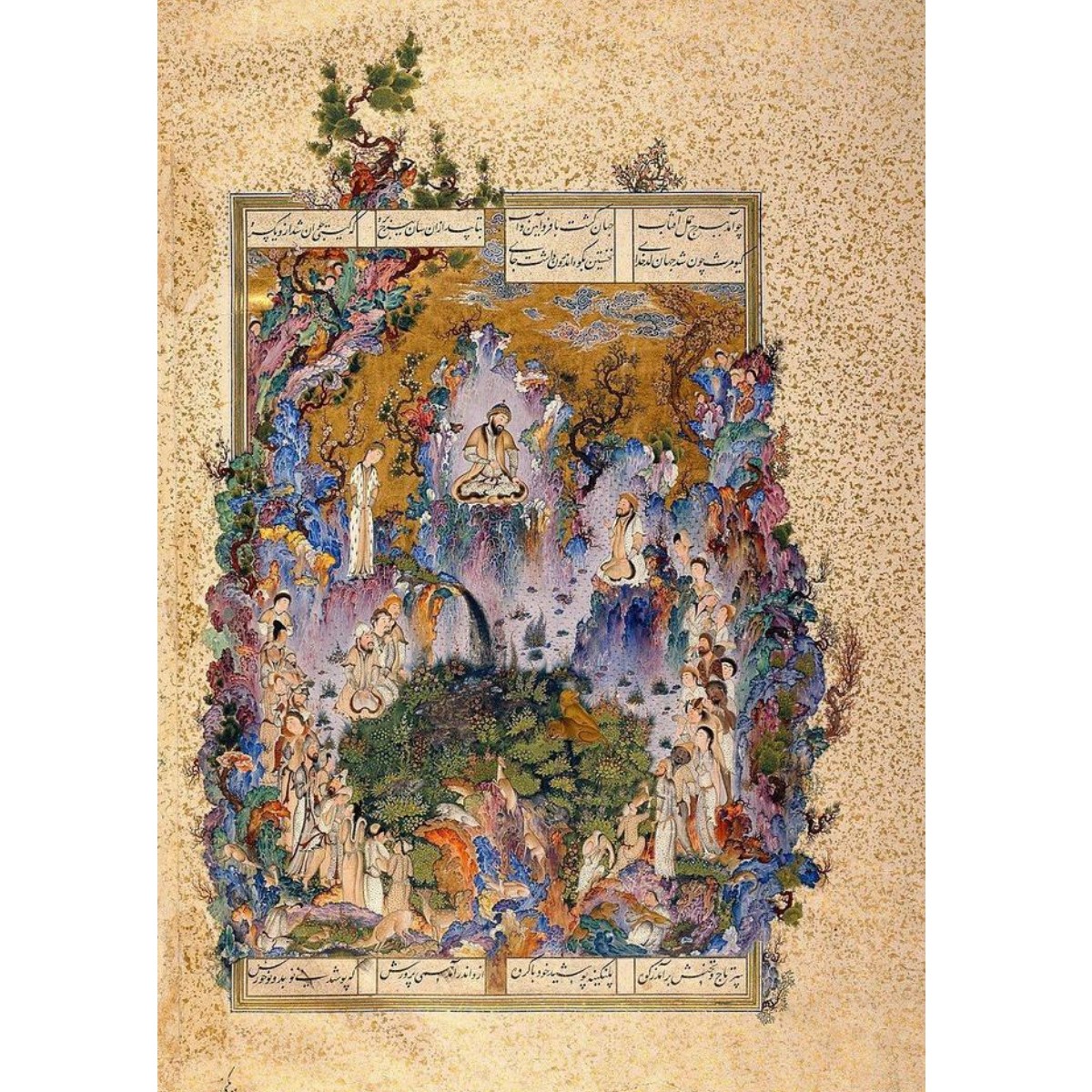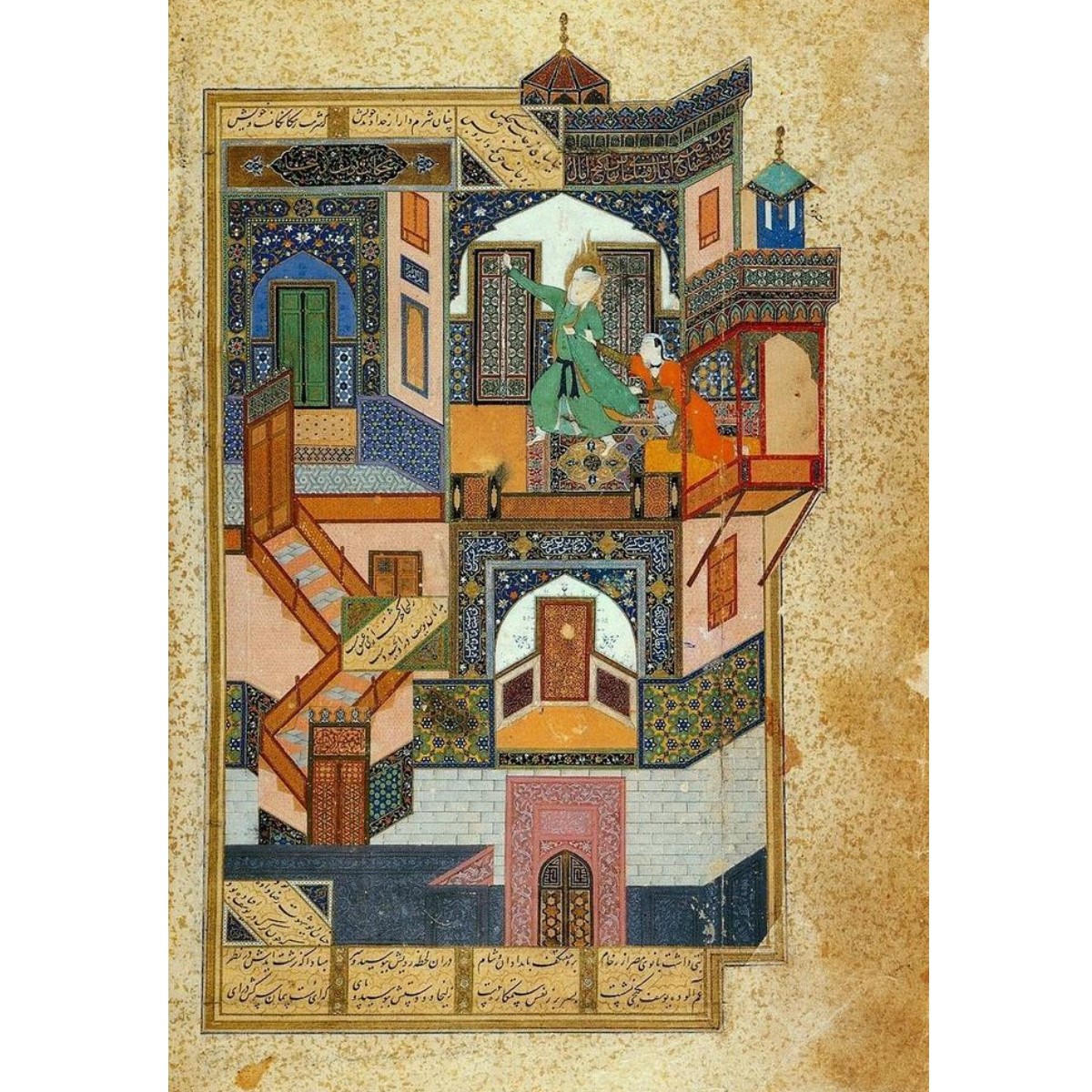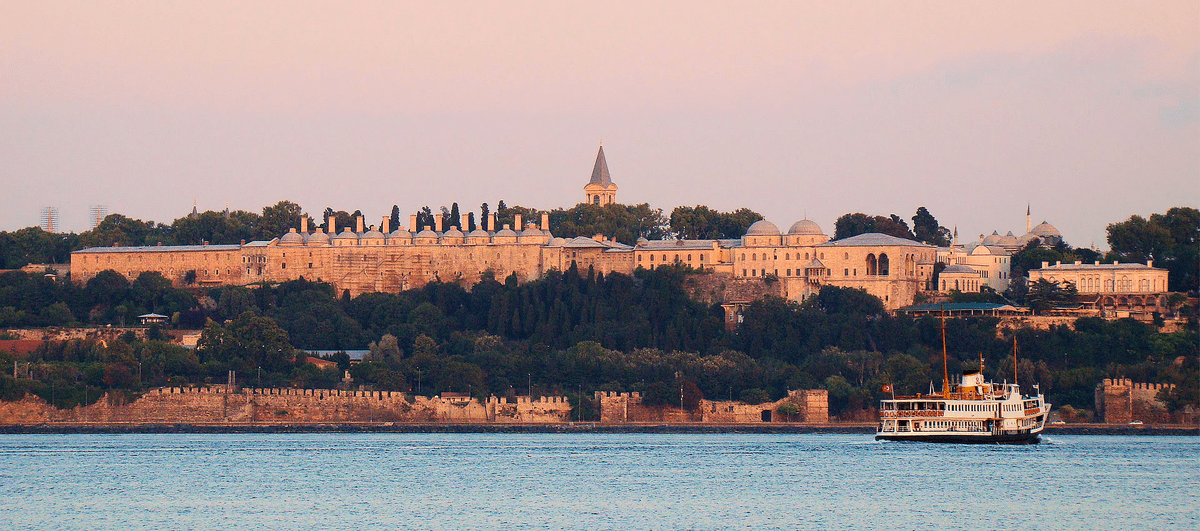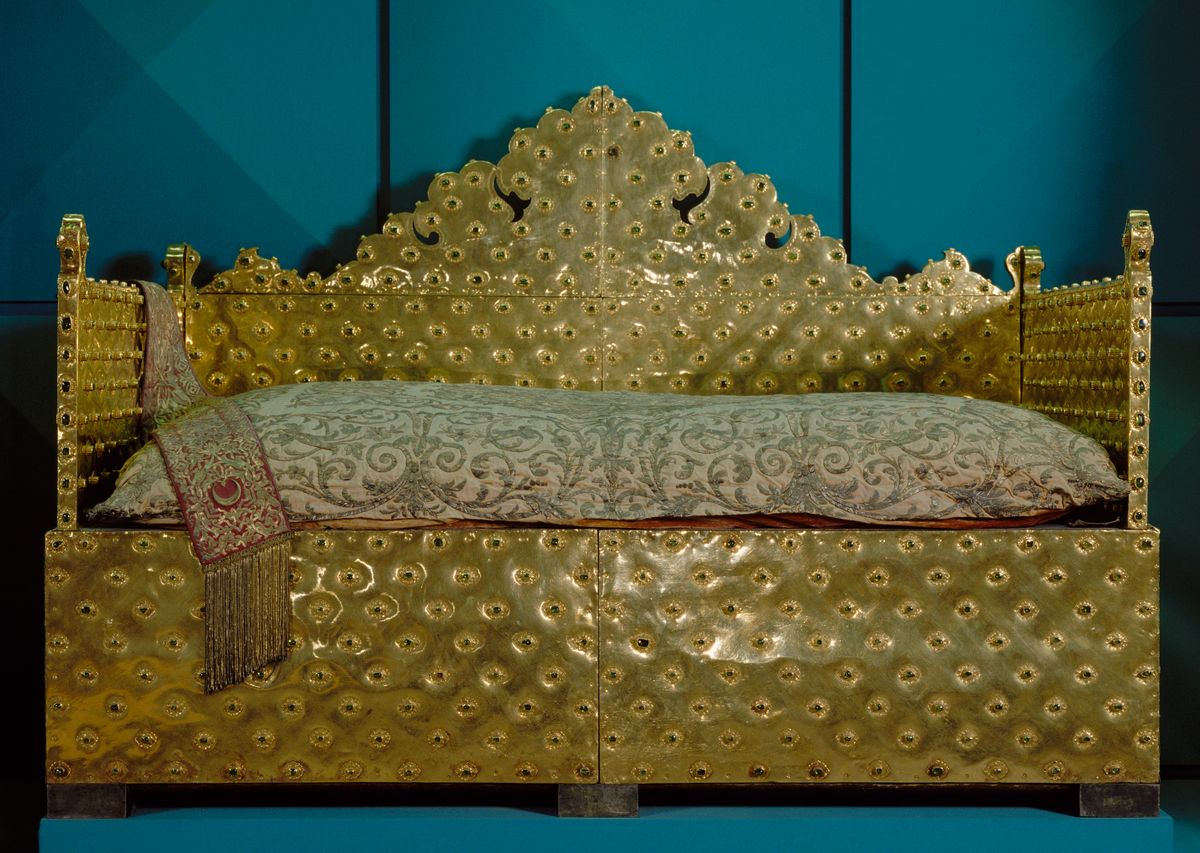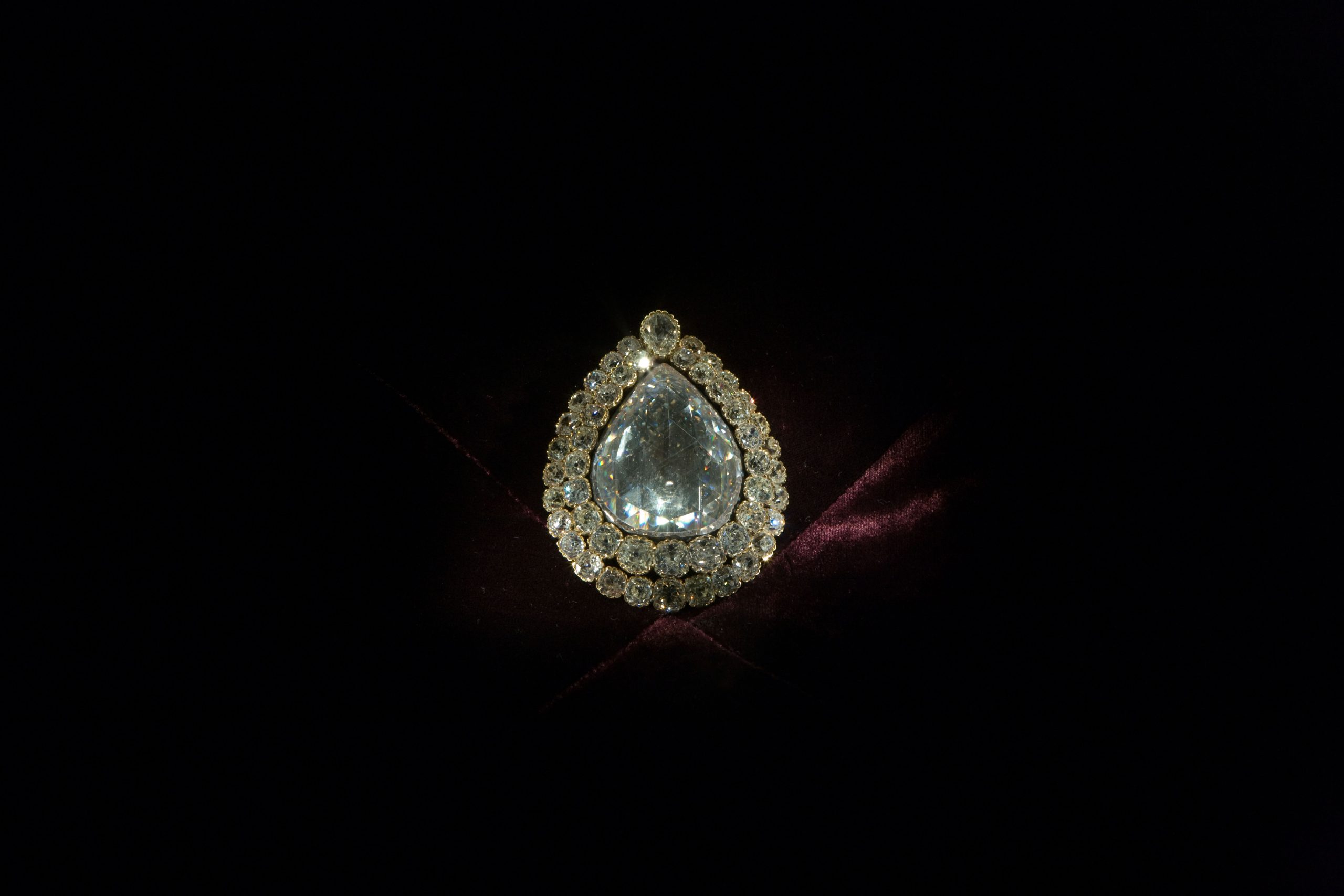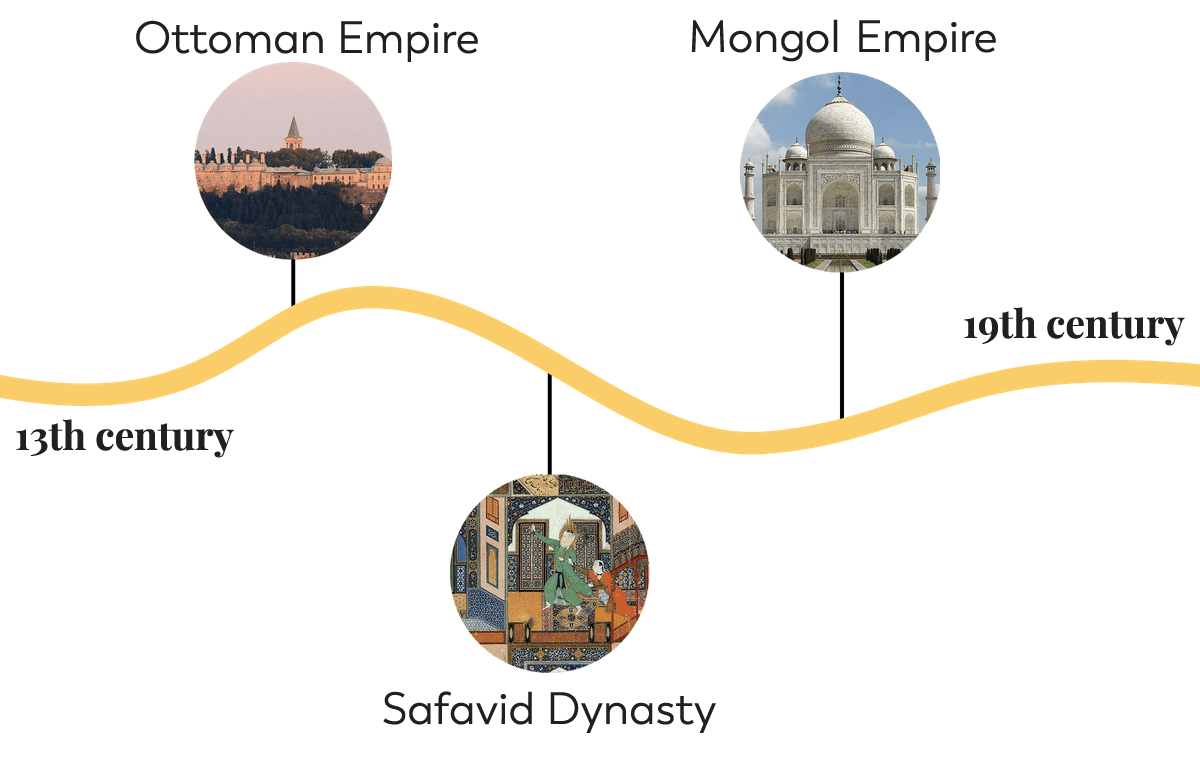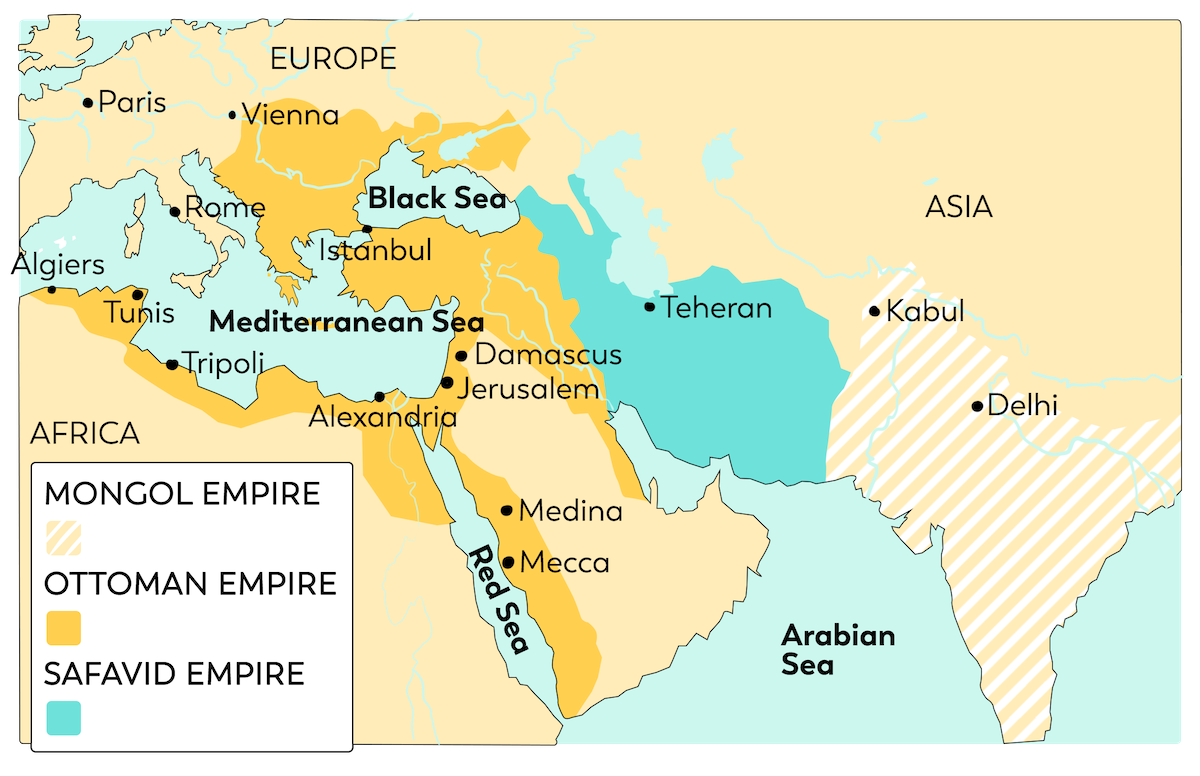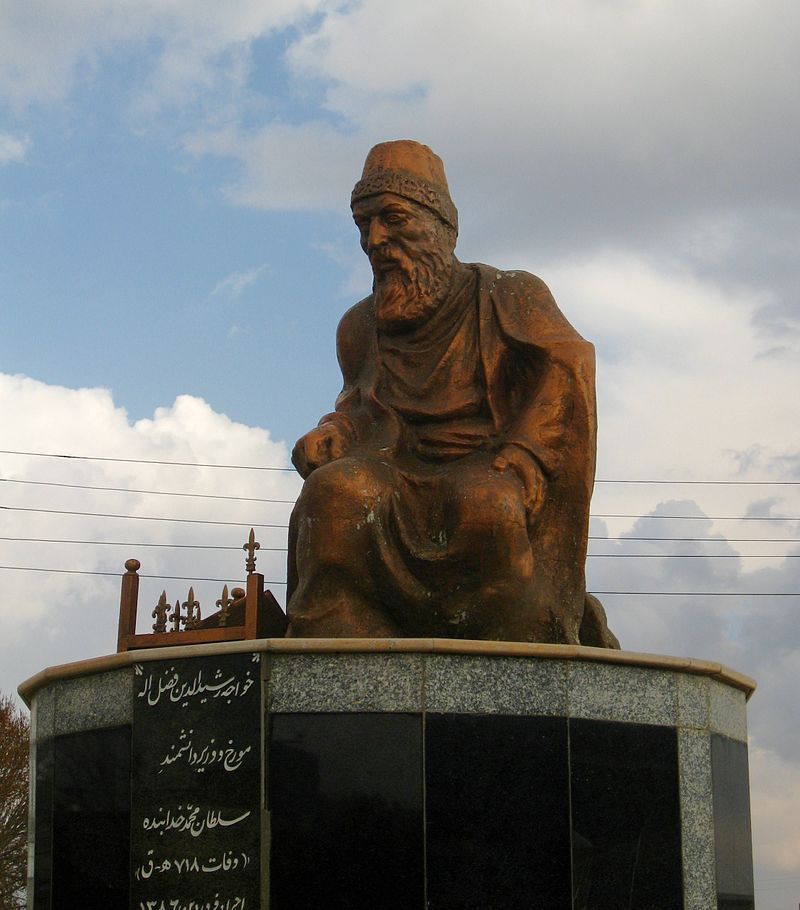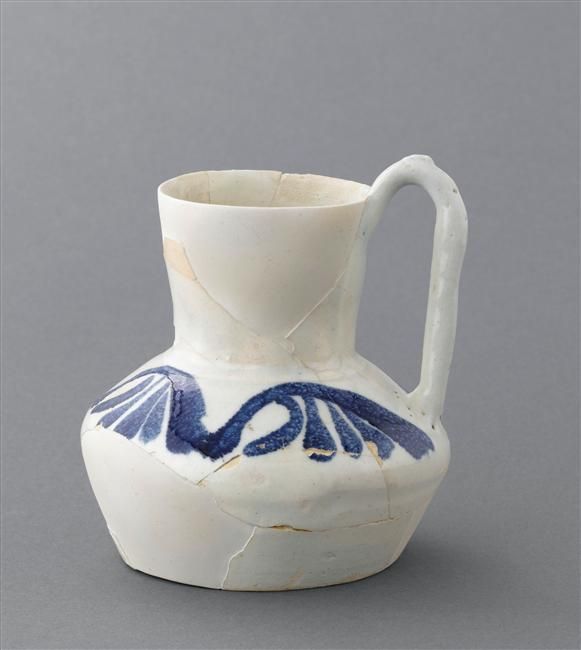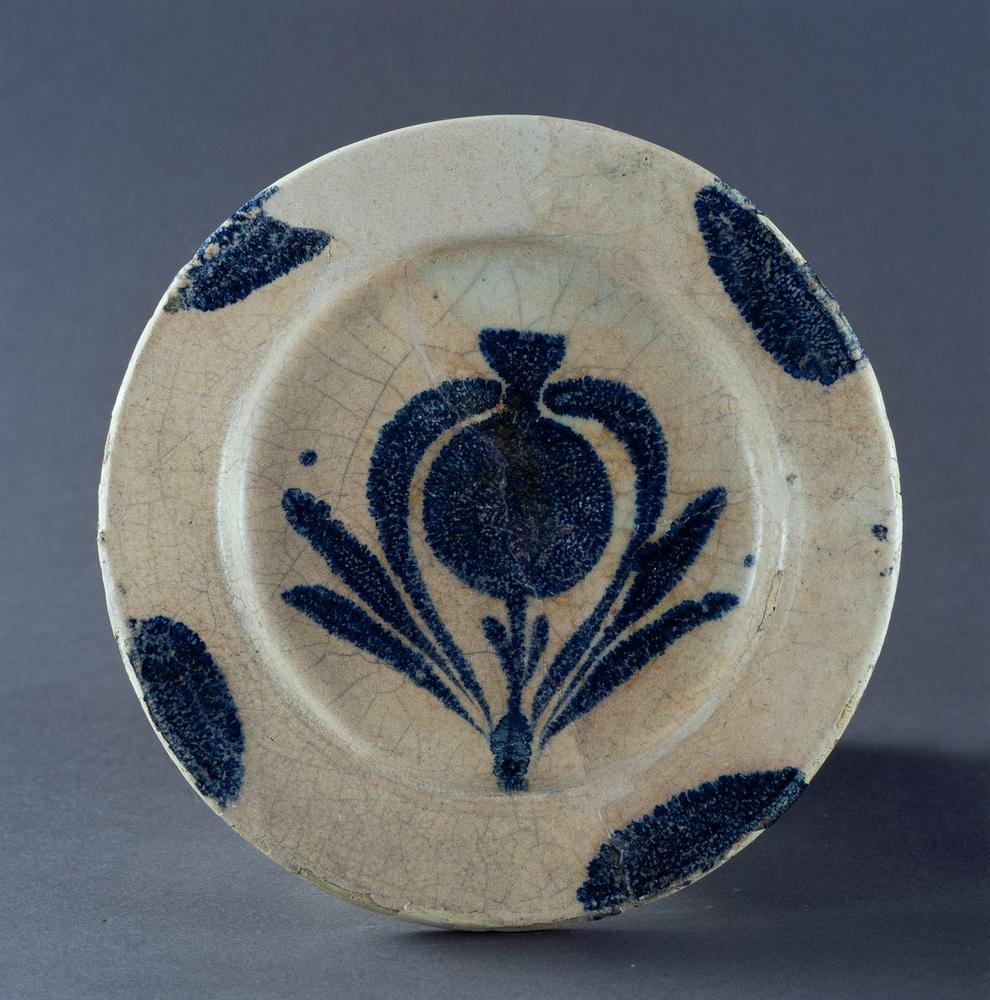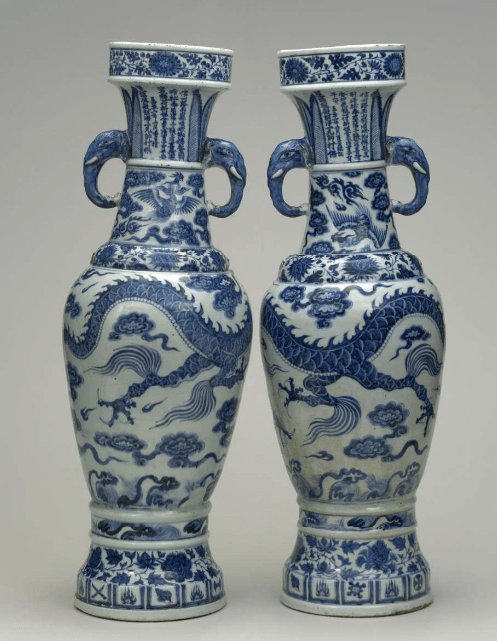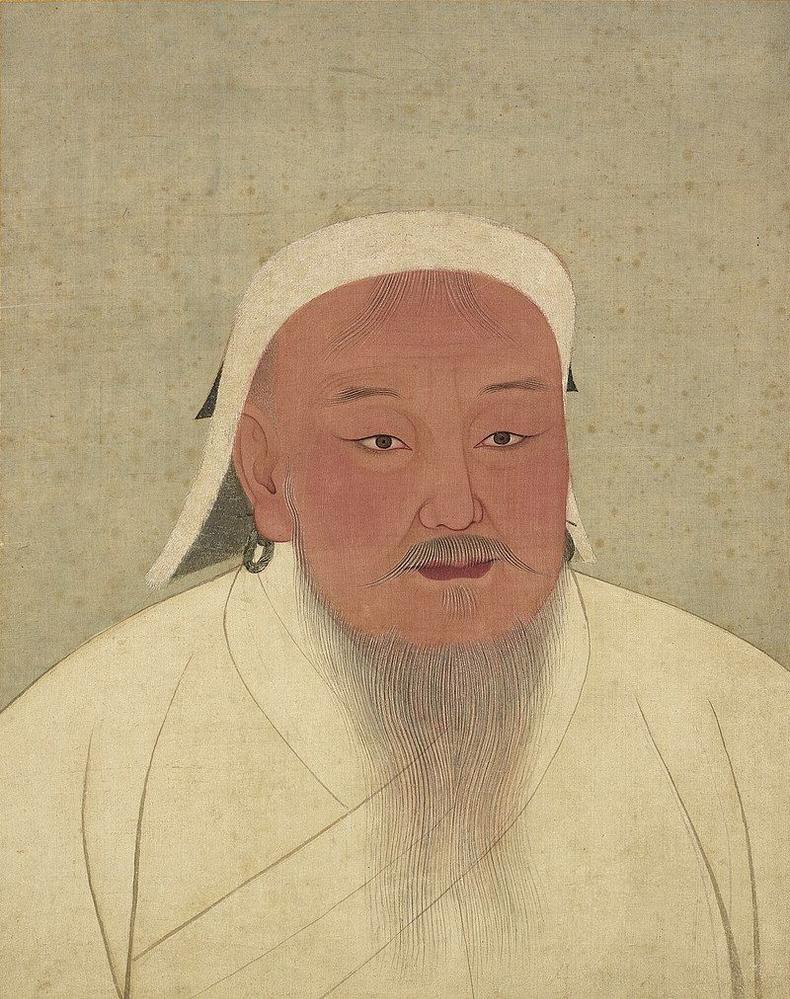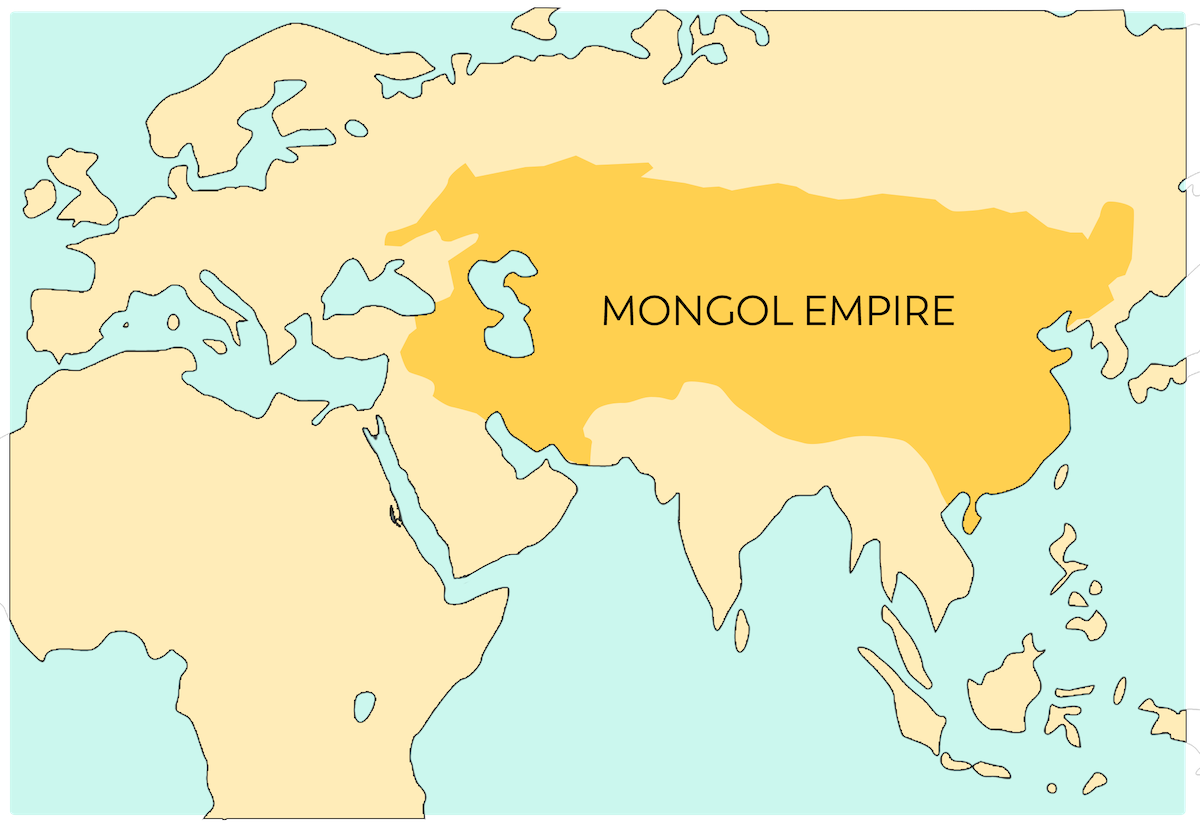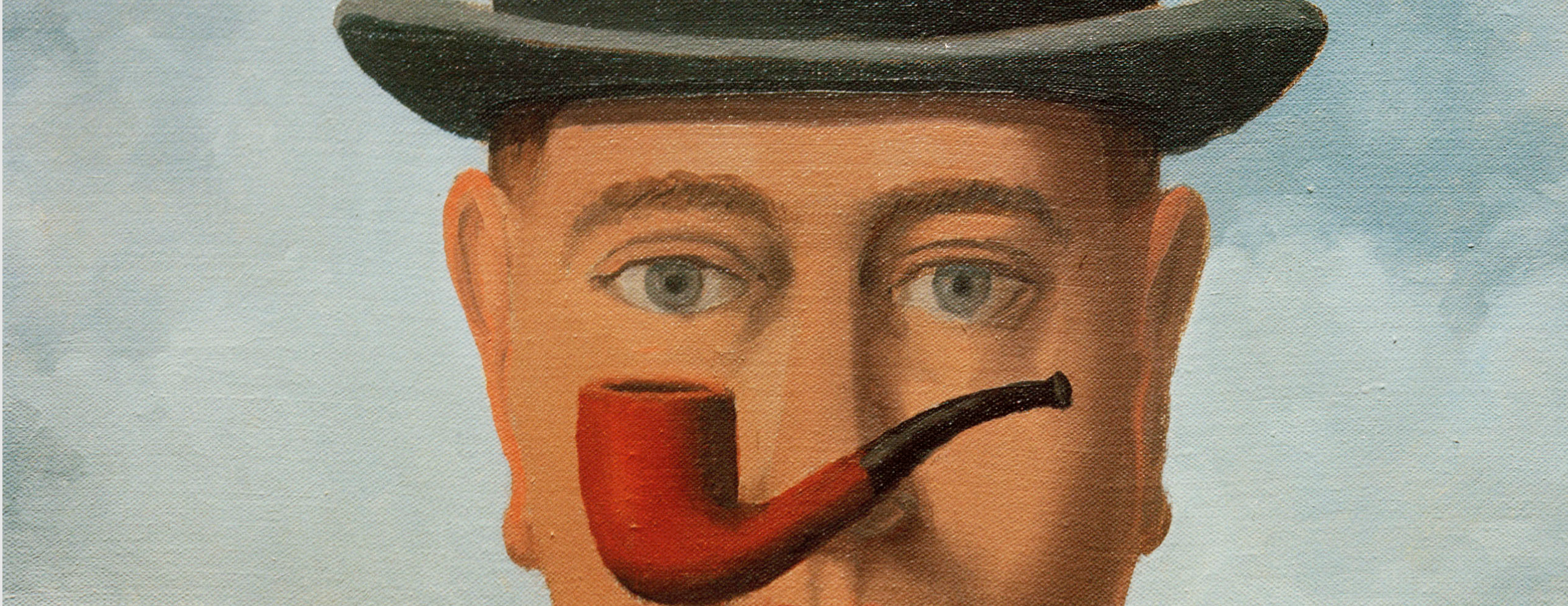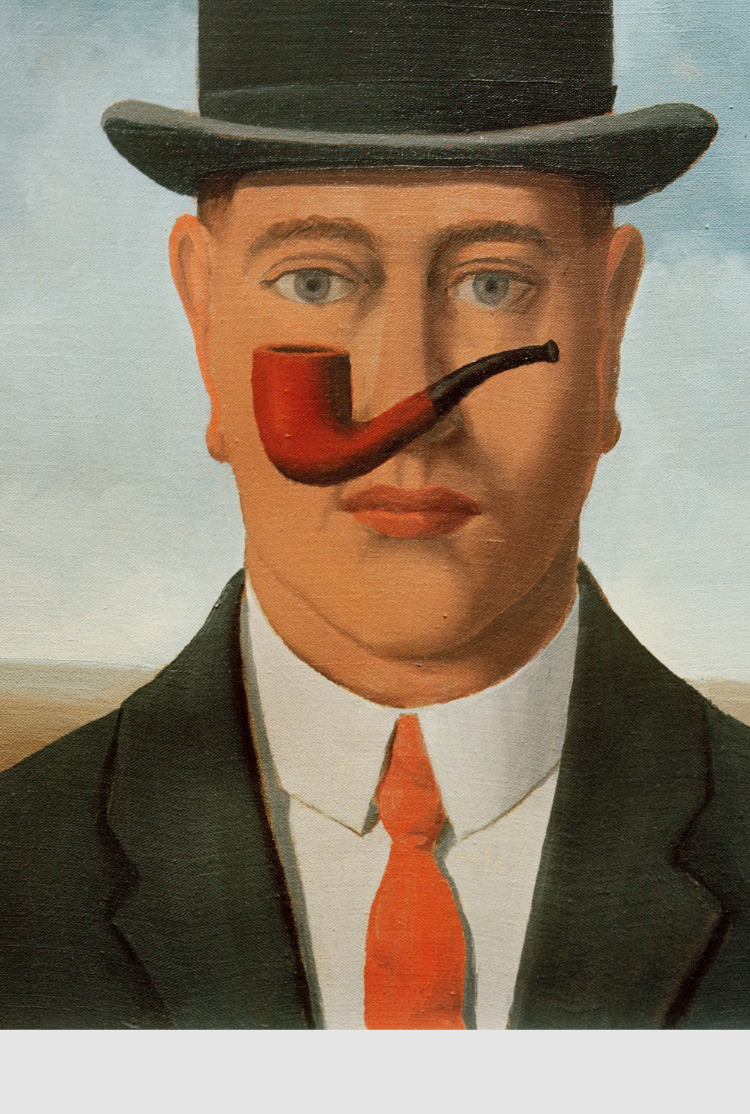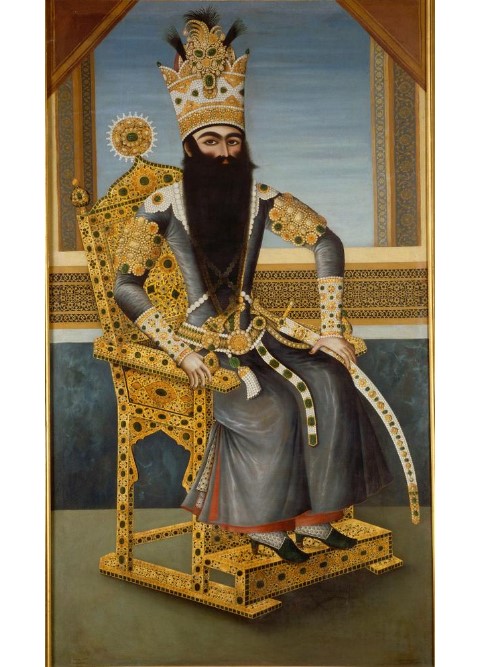
Ali Mihr, Portrait of Fath Ali Shah, Shah of Persia,
1805, oil on canvas, 89 x 51.5 inches, Louvre Museum, Paris. Photo: © RMN-Grand Palais (Musée du Louvre) / Hervé Lewandowski
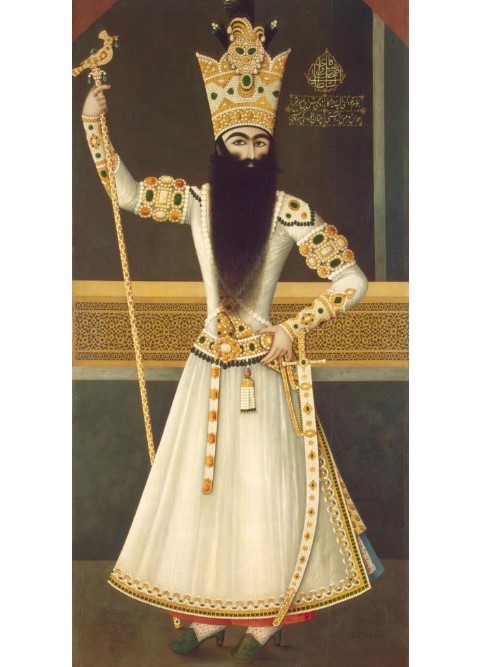
Ali Mihr, Portrait of Fath Ali Shah, Shah of Persia,
1809, oil on canvas, 99.5 x 49 inches, Hermitage Museum, Saint Petersburg

Portrait of Fath Ali Shah, Shah of Persia,
between 1810 and 1820, paint on paper, 8 x 11.5 inches, British Museum, London. Photo: © The Trustees of the British Museum

